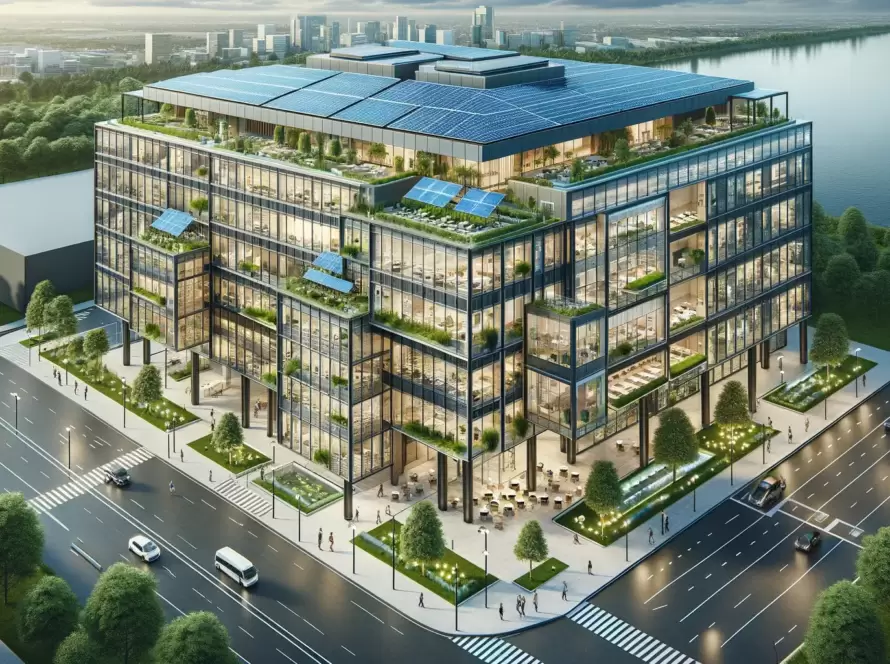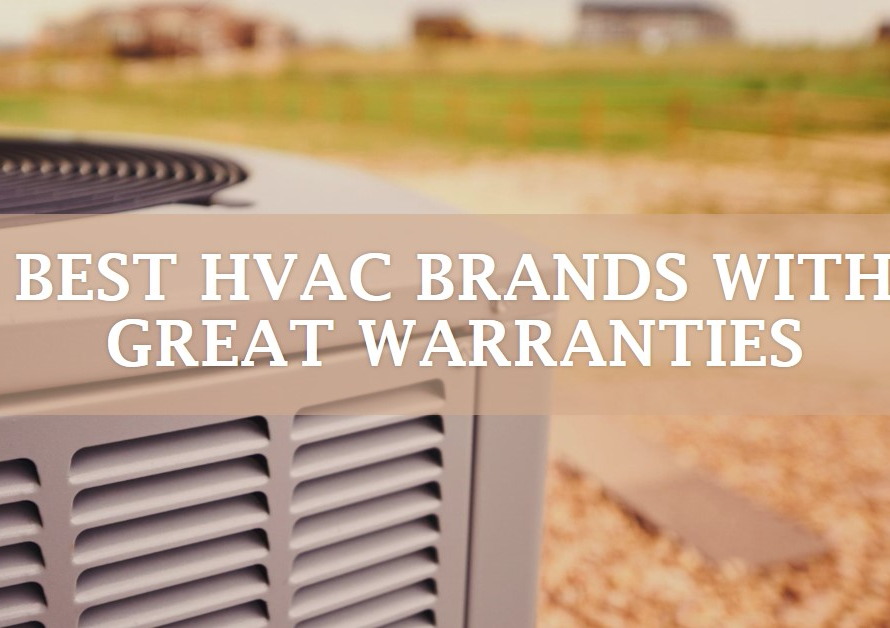
Table of Contents
- Introduction: The Hidden Danger in Your HVAC System
- Understanding Carbon Monoxide: The Silent Killer
- How HVAC Systems Can Produce Carbon Monoxide:
- Importance of Regular HVAC Maintenance:
- Installing Carbon Monoxide Detectors: A Crucial Safety Measure
- Proper Ventilation: Ensuring Safe Airflow
- Recognizing the Signs of Carbon Monoxide Poisoning:
- Emergency Response: What to Do if You Suspect a Leak
- Long-Term Solutions: Investing in Safety and Efficiency
- Conclusion: Prioritizing Safety in Home Comfort
Introduction: The Hidden Danger in Your HVAC System
When we think about the comforts of modern living, HVAC systems (heating, ventilation, and air conditioning) come to mind as one of the crucial components. These systems regulate the indoor climate, ensuring our homes are warm in winter and cool in summer. However, they also harbor a hidden danger that many homeowners might not be aware of: carbon monoxide (CO). This colorless, odorless gas can be lethal if undetected. Understanding how your HVAC system can produce carbon monoxide and taking necessary safety precautions is paramount to safeguarding your home and family.
Understanding Carbon Monoxide: The Silent Killer
Carbon monoxide is often referred to as the “silent killer” due to its undetectable nature. Unlike other household dangers, CO has no smell, taste, or color, making it impossible to identify without proper detection devices. When inhaled, carbon monoxide binds with hemoglobin in the blood, reducing the blood’s oxygen-carrying capacity. This can lead to severe tissue damage and even death.
The initial symptoms of carbon monoxide poisoning—headaches, dizziness, nausea, and confusion—are often mistaken for the flu. Prolonged exposure can lead to loss of consciousness and, ultimately, death. This is why it’s crucial to recognize the potential sources of carbon monoxide in your home, especially those related to your HVAC system.
How HVAC Systems Can Produce Carbon Monoxide:
HVAC systems, particularly those that use gas or oil as fuel, can produce carbon monoxide as a byproduct of combustion. Furnaces, boilers, and water heaters are common household appliances that may emit CO if not properly maintained. Cracks or leaks in the heat exchanger, poor ventilation, and improper installation are common culprits.
In many cases, incomplete combustion due to insufficient oxygen supply results in higher carbon monoxide production. Blocked or leaky flues and chimneys can also cause CO to accumulate inside your home instead of being safely vented outside. Understanding these risks is the first step toward preventing carbon monoxide poisoning from your HVAC system.
Importance of Regular HVAC Maintenance:
Regular maintenance of your HVAC system is vital to ensure it operates safely and efficiently. Scheduling annual inspections with a qualified HVAC technician can help identify and rectify potential issues before they become dangerous. During these inspections, technicians check for cracks in the heat exchanger, ensure proper ventilation, and clean components to prevent blockages.
A well-maintained HVAC system not only reduces the risk of carbon monoxide production but also improves energy efficiency, potentially lowering your utility bills. Additionally, regular maintenance can extend the lifespan of your system, providing long-term savings and peace of mind.
Installing Carbon Monoxide Detectors: A Crucial Safety Measure
Given the elusive nature of carbon monoxide, installing CO detectors in your home is one of the most effective ways to protect your family. These detectors can alert you to the presence of carbon monoxide, allowing you to take immediate action. Place detectors on every level of your home, especially near sleeping areas and fuel-burning appliances.
It’s important to test your CO detectors regularly and replace their batteries at least once a year. Some detectors come with a digital display that shows current CO levels, providing an additional layer of safety. By ensuring that your CO detectors are functional, you can quickly respond to any potential carbon monoxide leaks.
Proper Ventilation: Ensuring Safe Airflow
Proper ventilation is crucial for the safe operation of HVAC systems and the prevention of carbon monoxide buildup. Ensure that all vents, flues, and chimneys are free from blockages and obstructions. Birds’ nests, debris, and snow can obstruct these passages, causing CO to back up into your home.
Additionally, modern homes are often built to be airtight for energy efficiency, which can inadvertently trap pollutants, including carbon monoxide, inside. Installing and maintaining adequate ventilation systems helps ensure that any CO produced by your HVAC system is safely vented outside. This also improves indoor air quality, benefiting your overall health.


Recognizing the Signs of Carbon Monoxide Poisoning:
Early detection of carbon monoxide poisoning is critical to prevent serious health consequences. As mentioned earlier, symptoms such as headaches, dizziness, nausea, and confusion can easily be mistaken for other illnesses. However, if multiple members of your household experience these symptoms simultaneously, especially if they improve upon leaving the house, carbon monoxide exposure may be the cause.
In severe cases, symptoms can escalate to include chest pain, vomiting, and impaired coordination. If you suspect CO poisoning, it is imperative to immediately evacuate your home and seek medical attention. Prompt action can save lives and prevent long-term health effects.
Emergency Response: What to Do if You Suspect a Leak
If your carbon monoxide detector sounds an alarm or you suspect a CO leak, quick and decisive action is essential. First, evacuate all occupants from the home and call emergency services. Do not re-enter the premises until it has been deemed safe by professionals.
While waiting for help to arrive, do not attempt to locate the source of the leak yourself. Instead, focus on ensuring everyone’s safety and providing first aid to anyone experiencing symptoms of carbon monoxide poisoning. Emergency responders are trained to handle such situations and will be able to identify and mitigate the source of the leak.
Long-Term Solutions: Investing in Safety and Efficiency
In the long term, investing in newer, more efficient HVAC systems can significantly reduce the risk of carbon monoxide production. Modern systems are designed with advanced safety features and are often more reliable. Additionally, consider converting to electric heating systems, which do not produce carbon monoxide.
Continuous education on HVAC safety and regular training for homeowners can further mitigate risks. By staying informed about the latest advancements in HVAC technology and safety protocols, you can ensure a safer living environment for your family.
Conclusion: Prioritizing Safety in Home Comfort
While HVAC systems are integral to our comfort and convenience, they also pose potential risks if not properly managed. Understanding how these systems can produce carbon monoxide and implementing essential safety precautions can prevent dangerous situations. Regular maintenance, proper ventilation, installing carbon monoxide detectors, and recognizing the signs of CO poisoning are all critical steps in safeguarding your home.
By prioritizing safety and staying vigilant, you can enjoy the benefits of your HVAC system without compromising your health or well-being. Remember, a small investment in safety today can save lives tomorrow.


